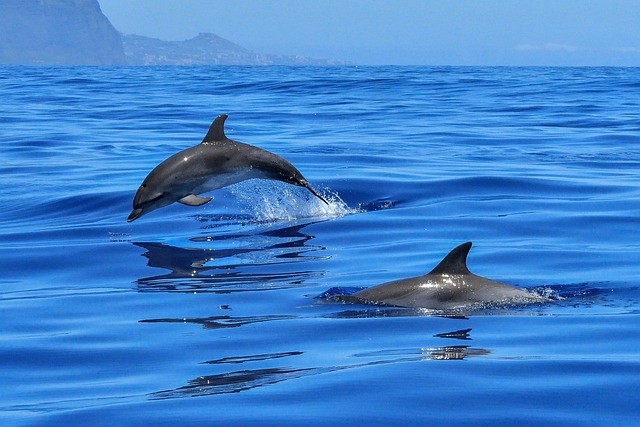
Recent investigations in dolphins have revealed a few subspecies with different traits in the Pacific Ocean. Genetic research shows that many types come from the original genetic type but are still evolving.
Dolphins with Different Traits Evolve
According to researchers from the University of Miami, these dolphins are split into several types, not just one kind, reported Science Alert.
Seen in the Eastern Tropical Pacific (ETP) between Baja California and Galapagos, these bottlenose dolphins have smaller skulls and bodies than Southern California or Japan. This is evidence that these ETP dolphins are a sub-type of the major line. They added that conditions where they live are changing them as well, noted Springer.
Based on the results of the investigation show that the ETP species is also an offshoot called Tursiops truncatus nuuanu.
One note is that a published study showed that five species of cetacean, including several kinds of dolphins like white-beaked and bottlenose, are affected by Alzheimer's disease as in humans.
The study may answer unexplained live-stranding events in some species. Researchers confirm the findings could support the "sick-leader" theory, where a healthy pod of dolphins finds themselves in dangerously shallow waters after following a group leader who may have become shown confusion or gotten lost, mentioned Neurosciences.
Sub-Species of Dolphins
Numerous bottlenose dolphins are all over the globe and have adapted to specific coastlines, which induced many physical and genetic changes, per Science Direct.
They have a common link that lives offshore and has developed later compared to relatives with closer-to-shore habitats. Scientists think there are more other relatives, but only a few are known. Several of these are the Black Sea bottlenose and Lahille bottlenose on the coasts of Brazil, and they are separate species.
The eastern Pacific is a diverse environment that has aided in the evolution of these whale relatives; these communities are diverse physically and genetically.
Based on a 2020 study on the genetics of the bottlenose living in Ecuadorian estuaries showed there are other lines of this small cetacean that have to be sought out and studied. More investigations were done by Miami University, examining 135 bottlenose skulls from all over the pacific; they traced an Ecuadorian family type that lived farther offshore.
Most bottlenoses from the northern temperate Pacific and those from the California south coast are based on where they live. Alleging they are not one by two kinds is controversial. But those swimming back to ETP must be better documented because they live in deeper waters. Such as, South Americans need to be studied more and how far they have evolved. Skull analysis justifies the ETP bottlenose is uncommon.
The smallest of the bottlenoses seen is the Tamanend's bottlenose (T. erebennus) lives in the western North Atlantic. The skull and body size shows what they eat and their habitat.
An ETP bottlenose will eat squid, small fish, even if they live offshore and look for prey in deeper seas. Compare the California coast, which is colder compared to the farther coast. Smaller size allows heat to be released more efficiently.
Depending on where the bottlenose population lives, it shows, according to the study, both have subtle trait differences. For example, the ETP dolphin does not have such different traits, and those on the California coast as drifting apart, many subspecies are said to exist but need more study.
Related Article : US Navy Dolphins Strapped With Cameras Reveal What They Do Underwater
© 2025 HNGN, All rights reserved. Do not reproduce without permission.








